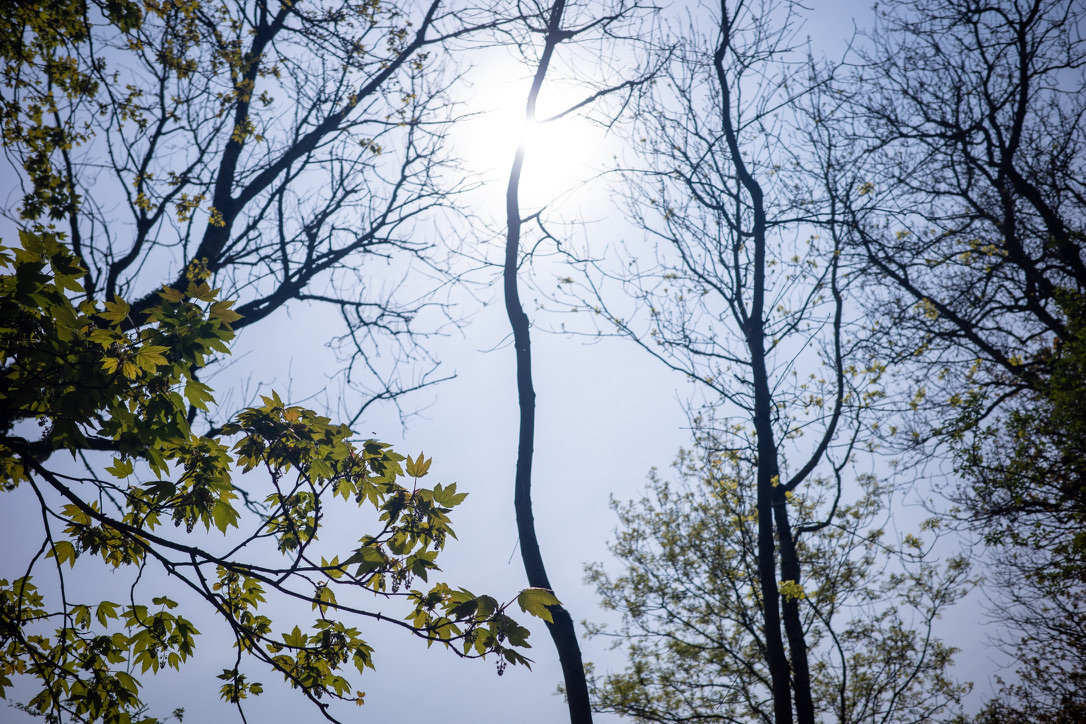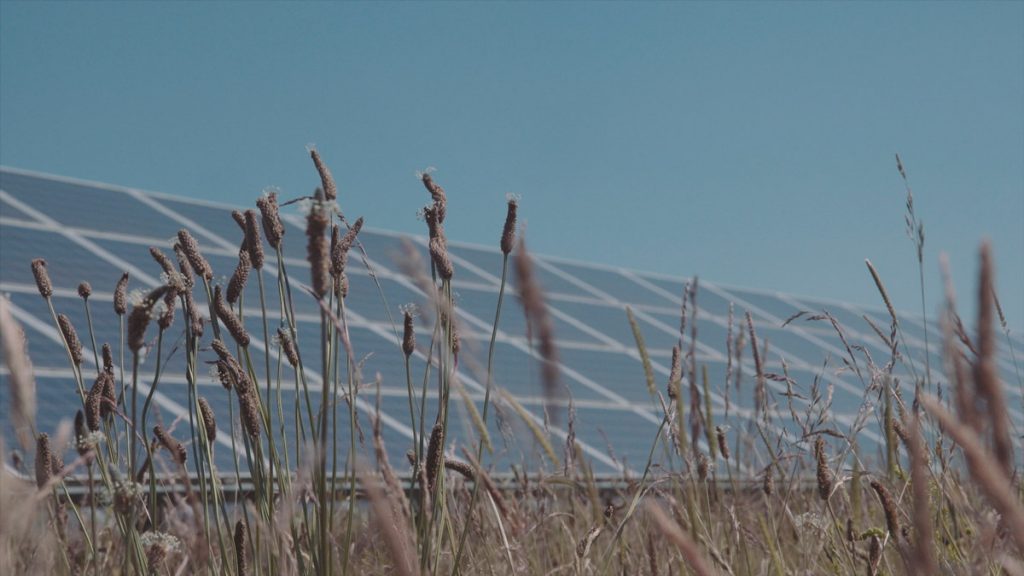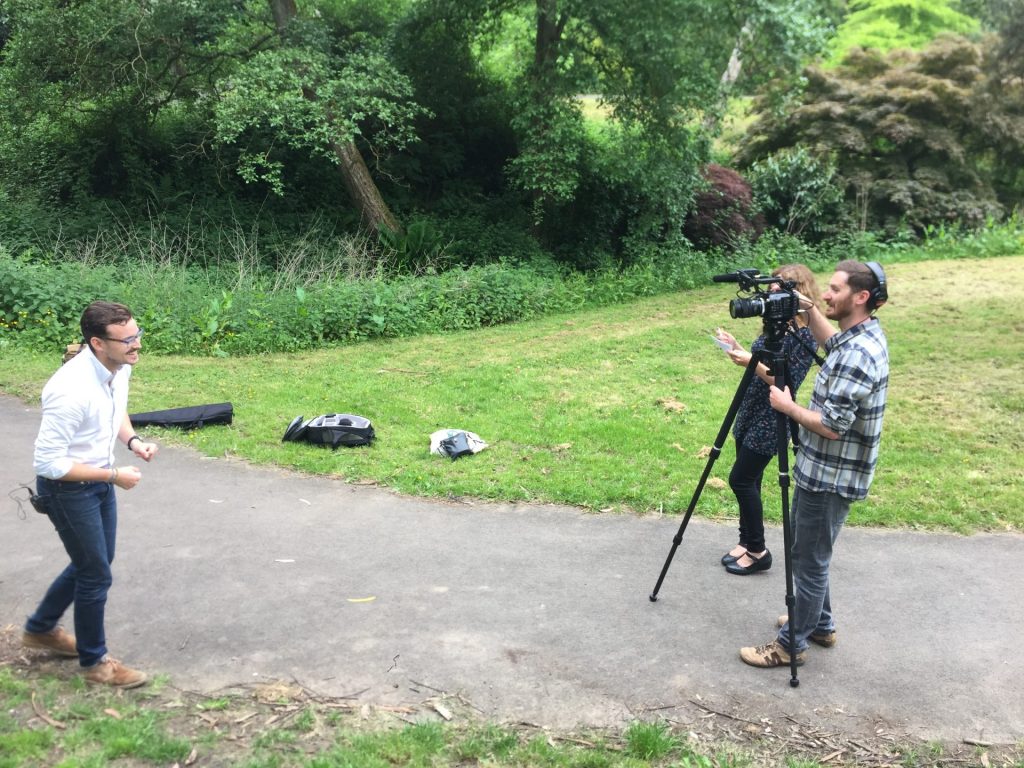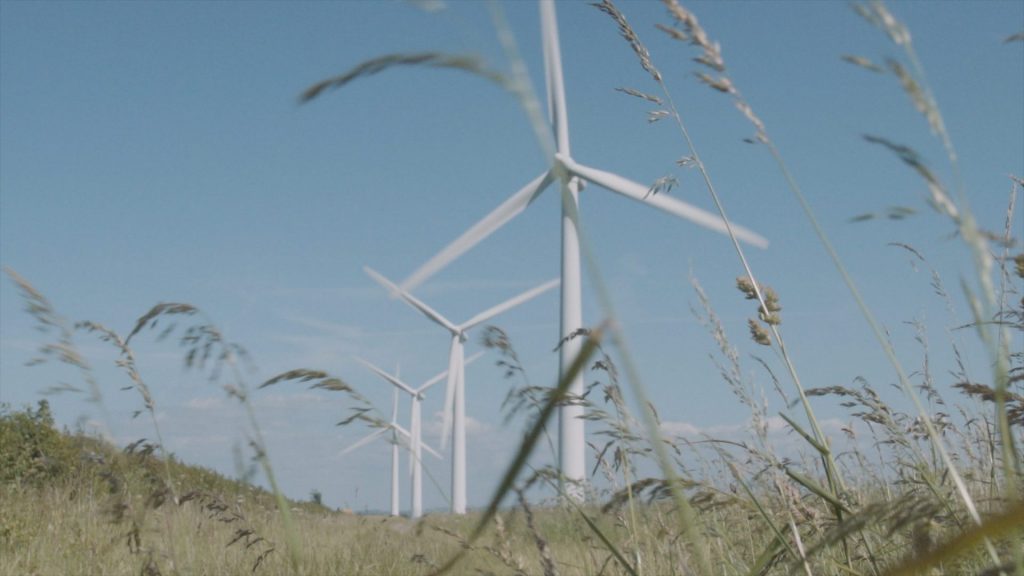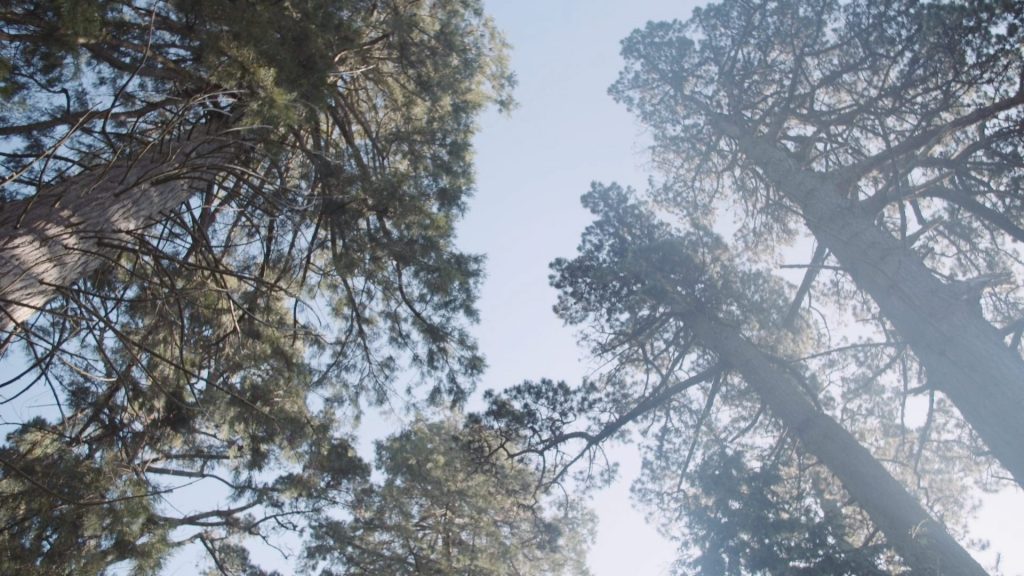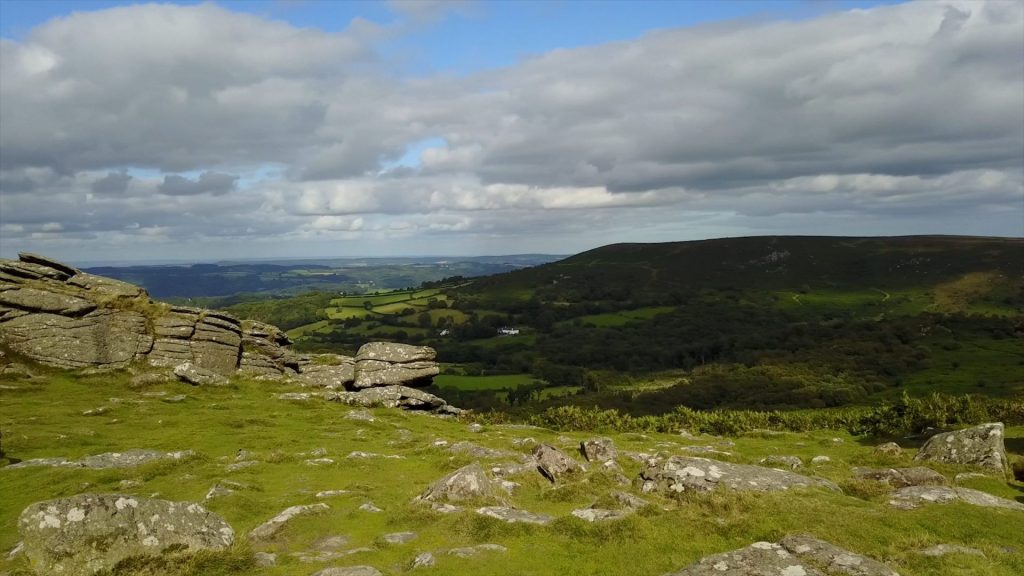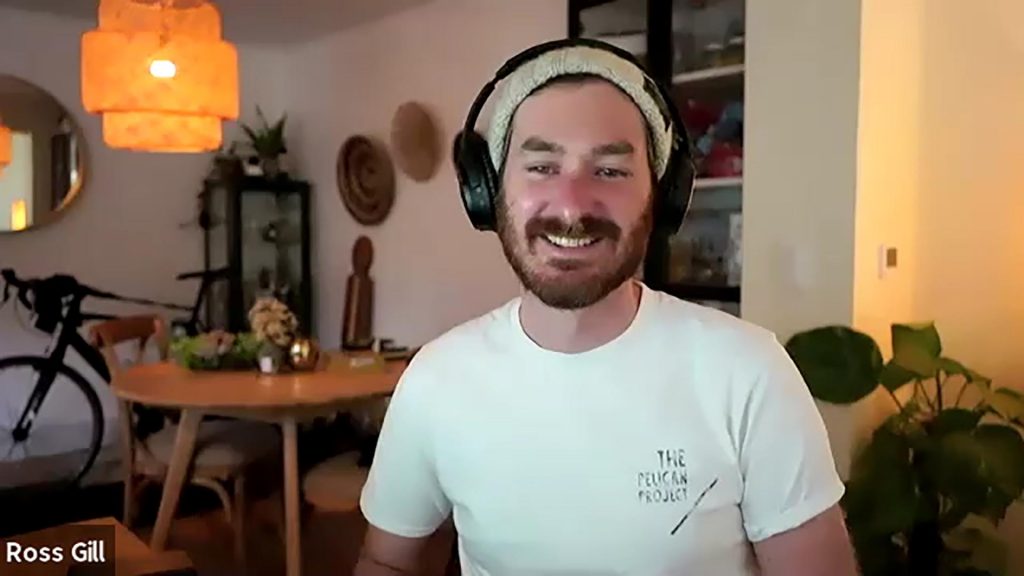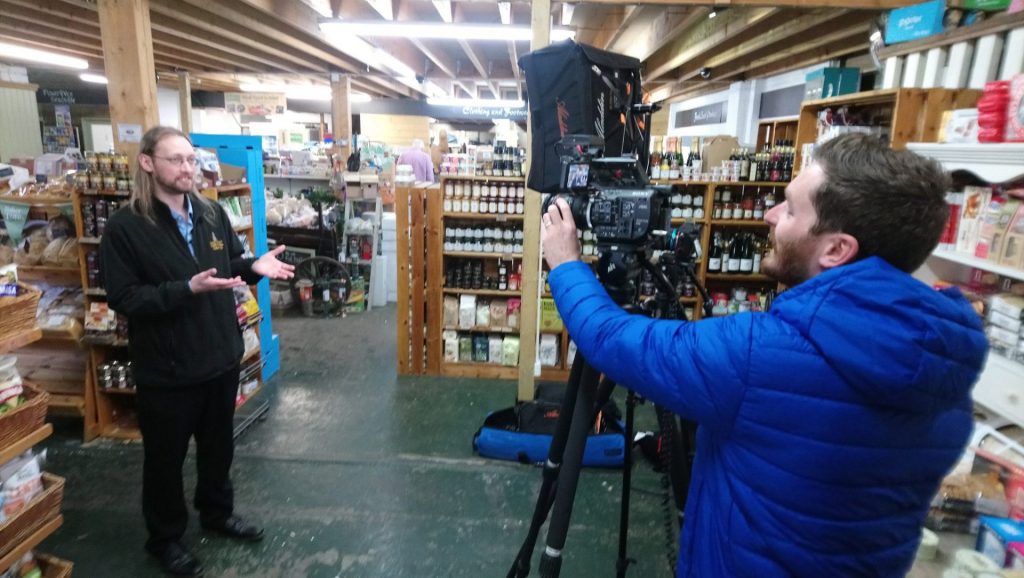Lights, camera, action – it’s shoot day
Once you’ve commissioned Fresh Ground Films to create your film, there are a few things to bear in mind to ensure the shoot runs as smoothly as possible.
We collaborate closely with our clients before filming days, working out a schedule in advance and clear guidance in order to capture the best footage possible. Each project is completely unique, but we’ve put together 5 universal top tips to prepare for a brilliant shoot that would give Hollywood a run for its money.
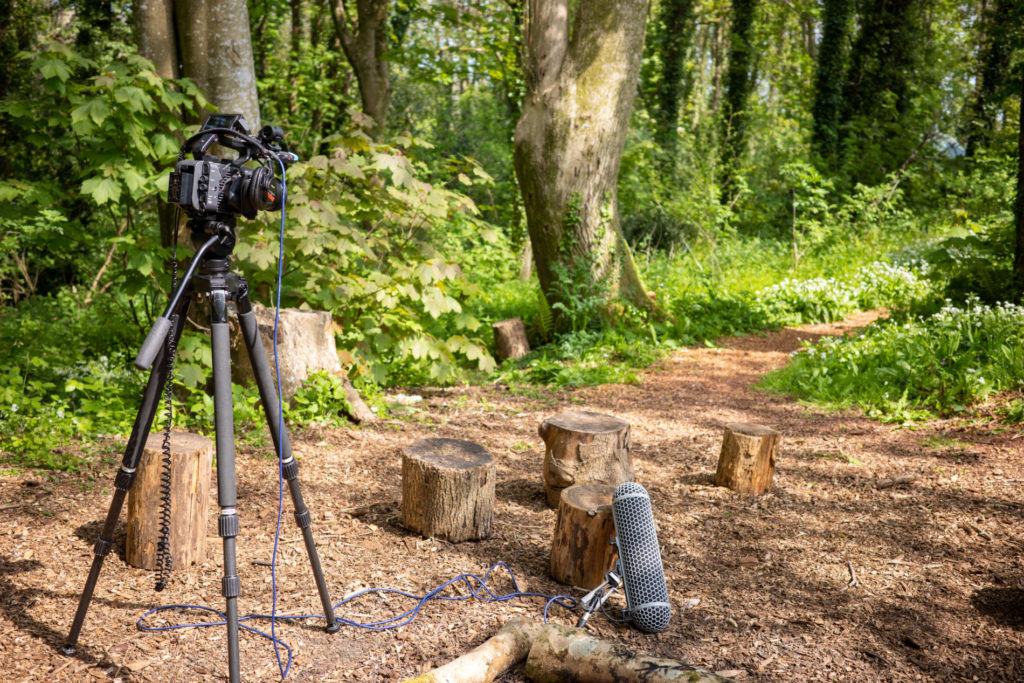
- Choose the right space
For indoor interviews, we recommend choosing big, open rooms with natural light, but not too much glass or direct sunlight to avoid glare and squinting.
If we’re filming outdoors, think about which season shows off the natural landscape at its best. We’ll consult with you on how we can best showcase any spectacular scenery that forms part of the narrative of your video. As hardy Devon filmmakers, we’re accustomed to unexpected visitors so no sheep or cow wandering into shot can put us off
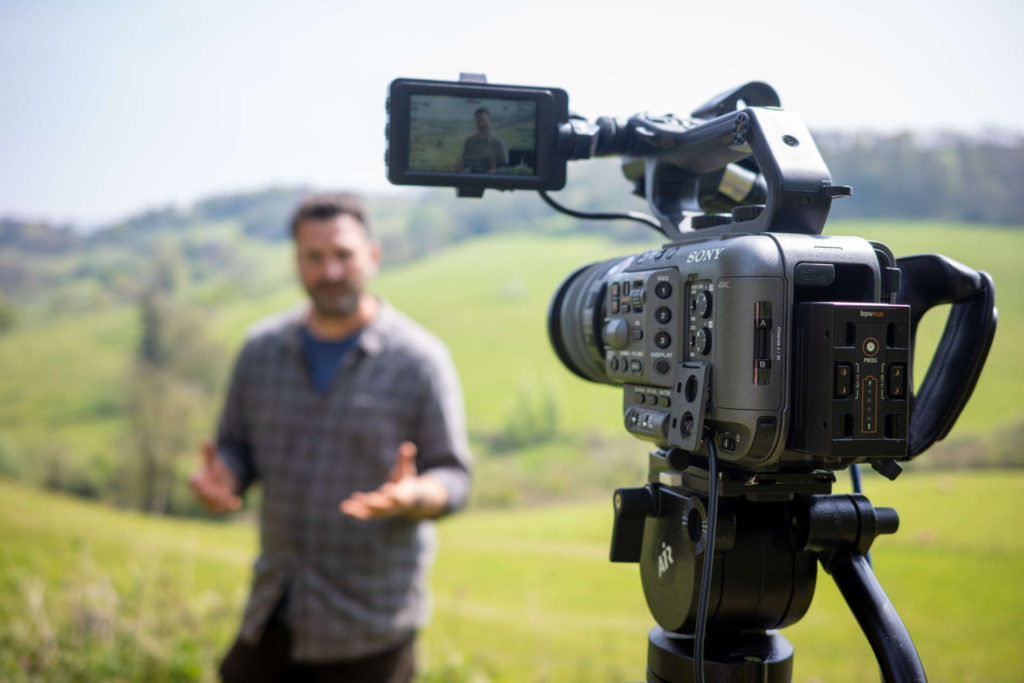
- How long do interviews take?
We allow around 1 hour for interview prep (it’s important not to rush this bit as the more relaxed people feel, the better the conversation will be) and around 1 hour for the interview itself. It’s important to point out that we’re not expecting people to have an hour’s worth of things to say, far from it! We don’t use long, continuous takes and we’ll edit the best bits together afterwards.
Aside from interviews, we’ll need some more time to film cutaways and/or b-roll – this is supplementary footage that conveys atmosphere and sets the scene. For example, this might be shots of students walking around on campus, or people milling about at an event. For specialist shots like drone or underwater, we’ll need additional time and this will vary per shoot.
Take a look at our film for Hilton Barnfield Architects to show how we weave interviews and b-roll footage together to create a compelling narrative
- What to wear
We recommend staying away from detailed patterns and very dark colours. Dressing comfortably is key – being filmed is not the time to risk a daring new outfit as you’re likely to feel self-conscious and struggle to focus on what you’re saying.
- Shake off any nerves
Not everyone feels comfortable on camera and that’s very normal. There are a few simple things you can do to banish stage fright – stay hydrated, sit up straight, breathe deeply and focus on what you’re saying (not how you’re saying it).
We take a very relaxed, unpressured approach to filming which puts our clients at ease. We also have some helpful techy tricks up our sleeves. These include EyeDirect which allows the person on camera to look at their interviewer via mirrored glass to give a much more conversational feel. We love the buzz people get after a doing a great interview, so much so that we’ve dedicated a whole blog to being confident on camera.
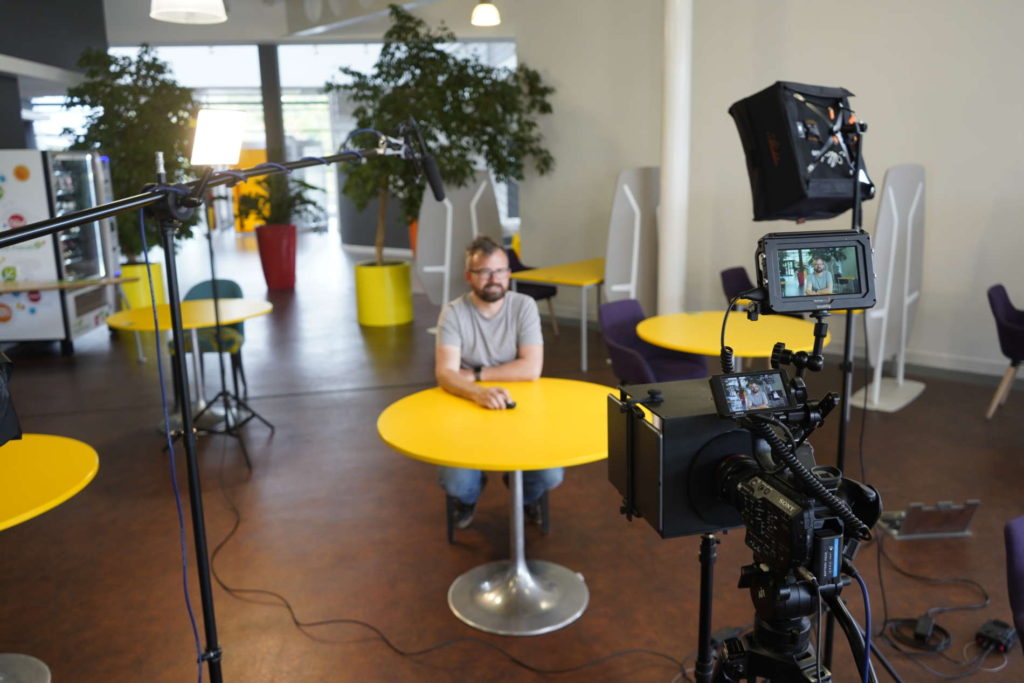
Take a look at our recruitment film for Exeter Business School to see how we put interviewees at their ease during a shoot
- Keep the surroundings natural
Don’t try to remove all the usual furniture and people from the space where the shoot will take place. A clean and tidy up is great but we want to see your real environment, not a blank, sterile backdrop. Our natural approach to filmmaking works best when we blend into the background of an existing space – indoors or outdoors – to show what it’s really like behind the scenes. Your audience can tell if something is real or seems too staged.
Most importantly, we are here to help you during each stage of a shoot. We’ve learnt what works and what doesn’t and we’ll guide you with tips and advice without dominating the process. It’s your story and we want to tell it in the way that feels most authentic and meaningful to you.
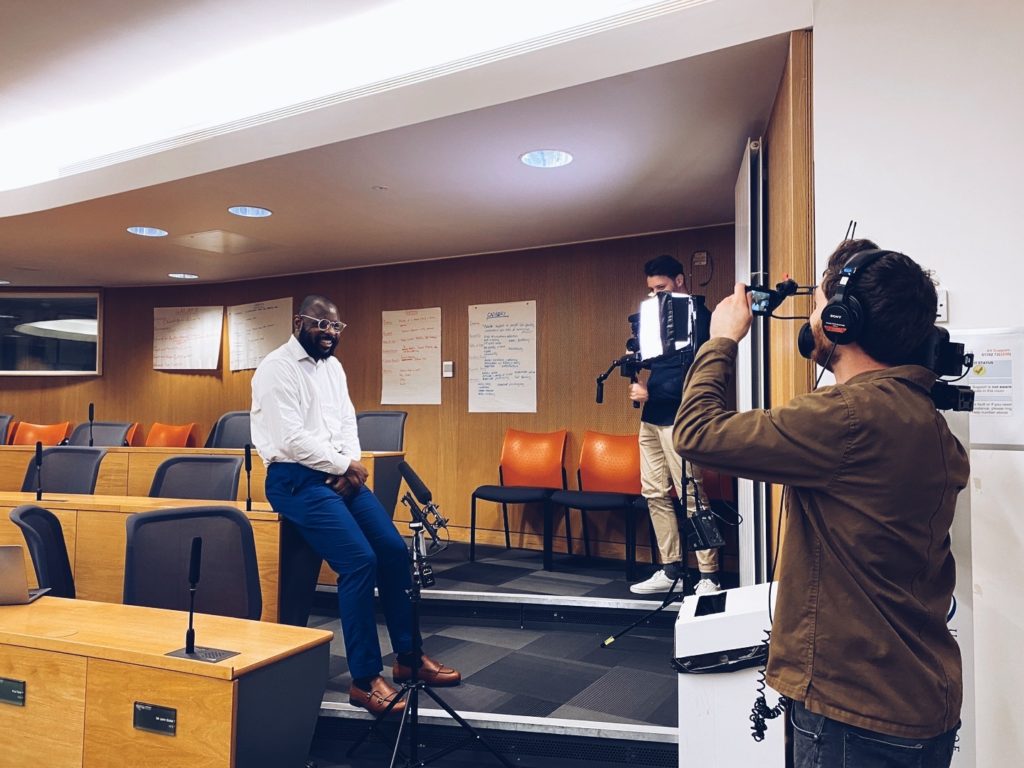
- Think about the b-roll
What is the b-roll? Good question! Sometimes also referred to as cutaways or GVs – they are all different names for any other footage that isn’t an interview. This type of footage adds interest and atmosphere to your film, holds the viewer’s attention and helps to tell your story. B-roll footage could be as simple as shots of people chatting, walking along, or having a coffee, or it might be something more specific. Usually, no audio is captured so you can talk about anything you like! We will, of course, guide you on what would work best here, but it’s good to think about it before the shoot too.
Most importantly, we are here to help you during each stage of a shoot. We’ve learnt what works and what doesn’t and we’ll guide you with tips and advice without dominating the process. It’s your story and we want to tell it in the way that feels most authentic and meaningful to you.
“I’ve especially appreciated the relaxed way (Ross) manages to capture interview materials without the pressure that can come with a camera and microphone pointed at you! Every time I have been impressed with the final result and enjoyed the actual process. Can’t recommend highly enough!”
Fabrizio Nevola Chair in Art History Visual Culture
Drop us a line to chat about your upcoming project and how we can help
01392 325973
